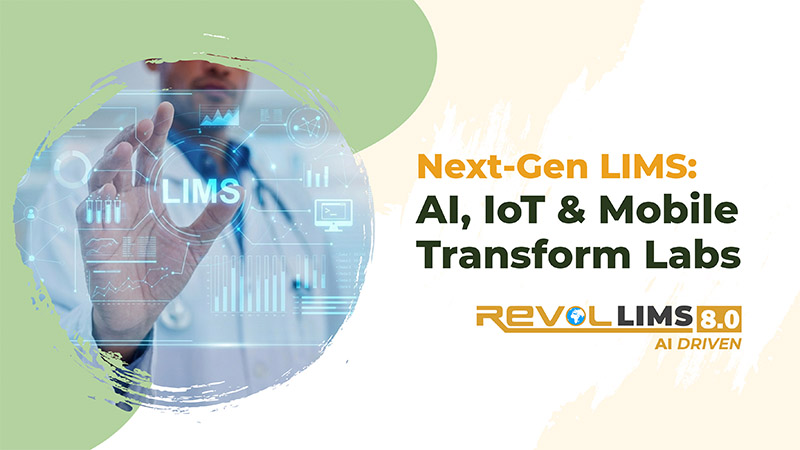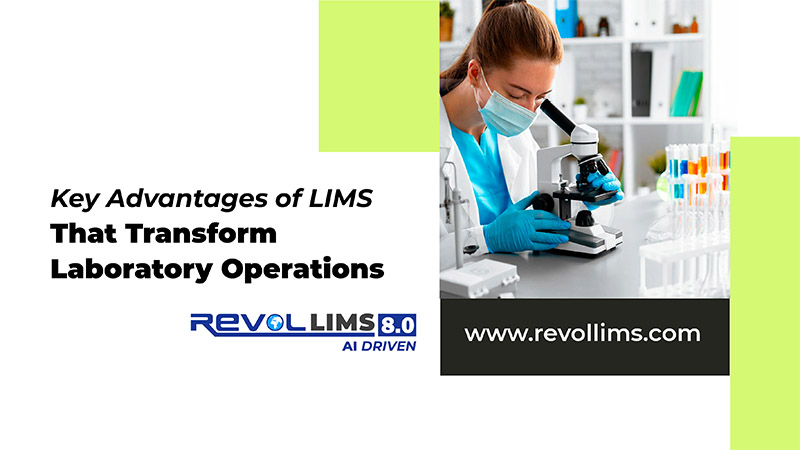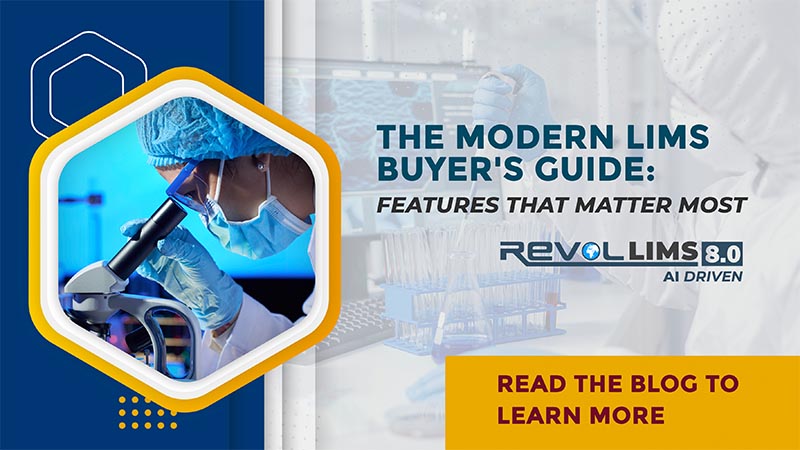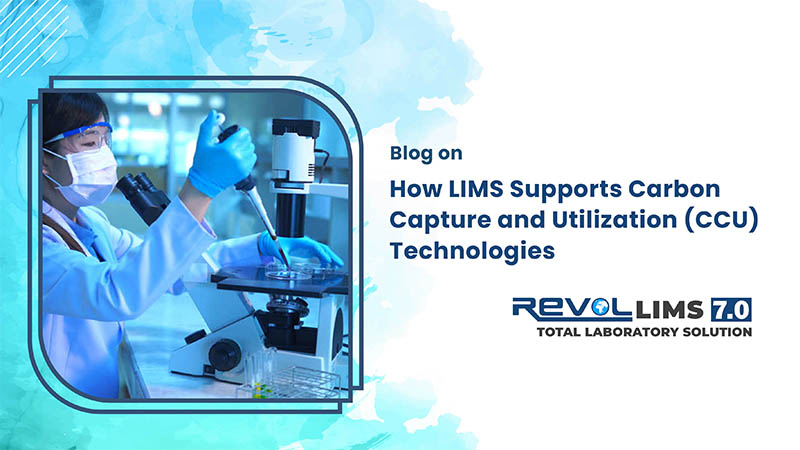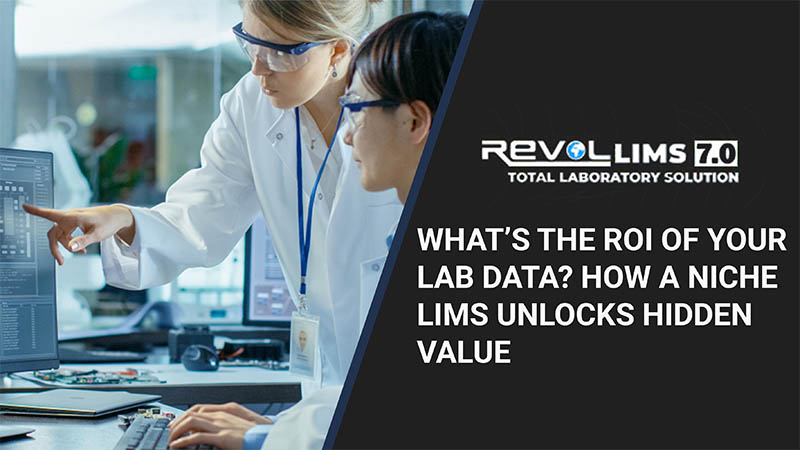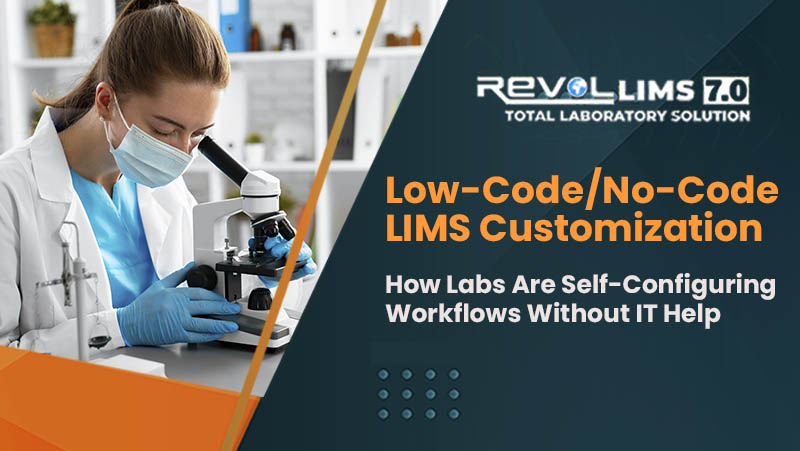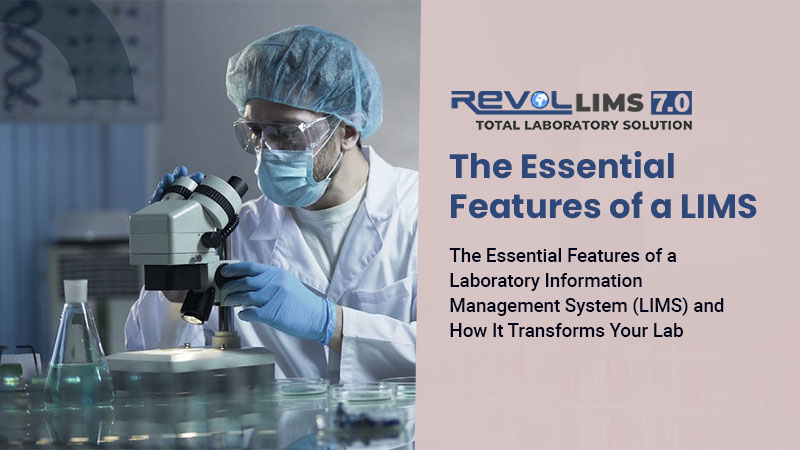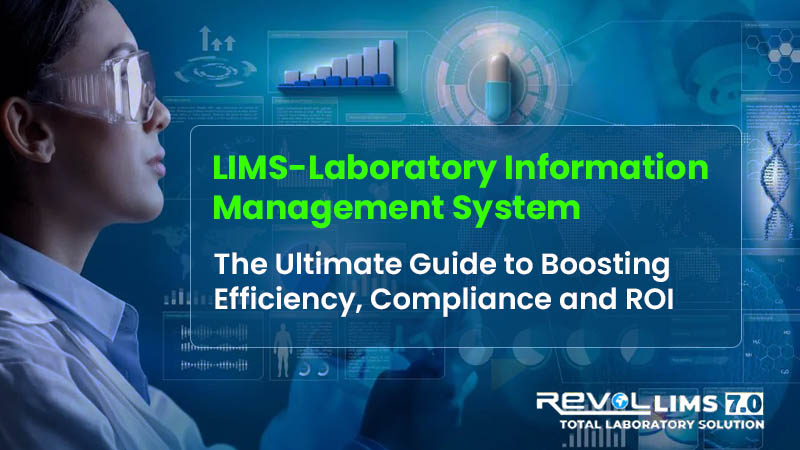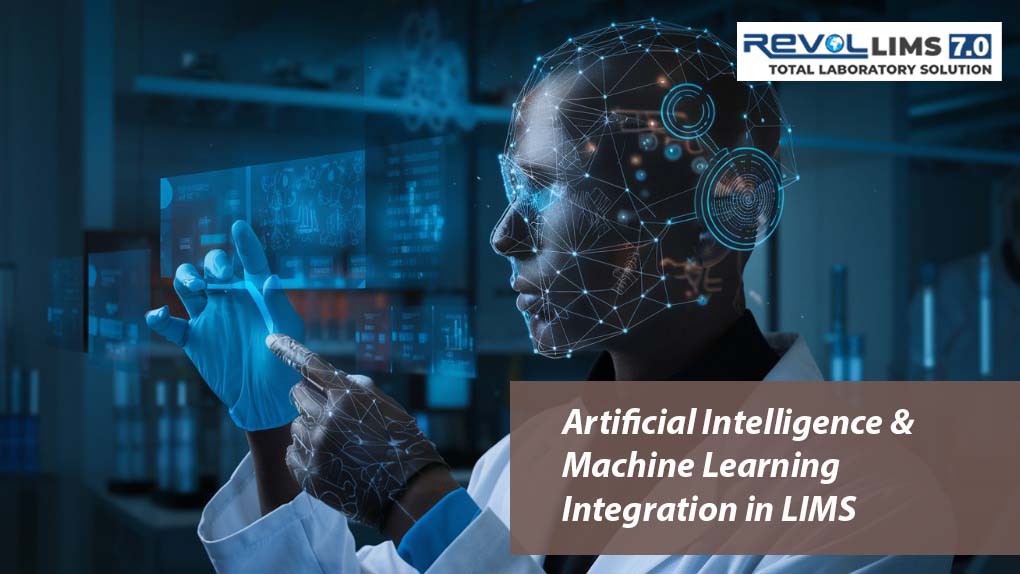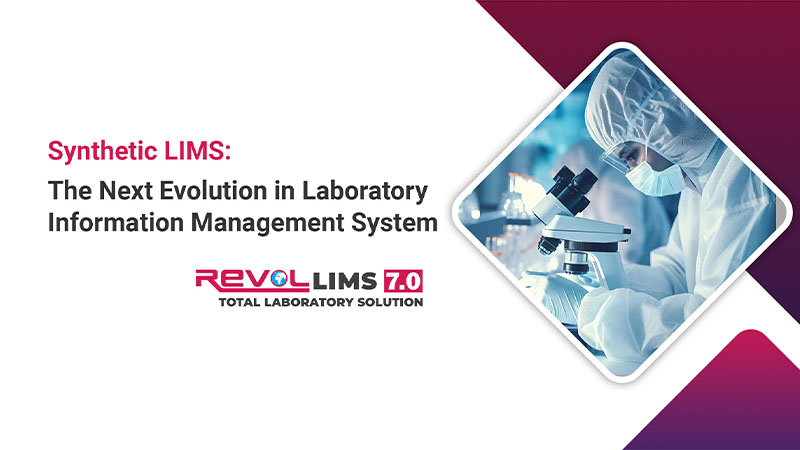
Laboratories today are generating more data than ever before. From genomic sequencing to materials testing, the pace of discovery is accelerating — and so is the complexity of managing it all. Traditional Laboratory Information Management Systems (LIMS) have long served as the backbone of scientific data handling. But as AI and automation reshape science, we’re entering a new era: Synthetic LIMS.
What Do We Mean by Synthetic LIMS?
Just as Synthetic Intelligence refers to intelligence that is constructed rather than naturally evolved, Synthetic LIMS describes a next-generation laboratory platform that is:
- Constructed with intelligence — not just a record-keeping tool, but a thinking system that can analyze, optimize, and adapt.
- Non-traditional in design — going beyond rigid workflows to create flexible, adaptive environments for labs.
- Autonomous and scalable — capable of operating with minimal human input, scaling across multiple sites, and integrating seamlessly with digital ecosystems.
In short, a Synthetic LIMS doesn’t just manage data. It creates knowledge and synthesizes workflows.
How Synthetic LIMS Differs from Traditional LIMS
| Feature | Traditional LIMS | Synthetic LIMS |
|---|---|---|
| Role | Data storage & tracking | Adaptive decision-making partner |
| Flexibility | Workflow-driven | Self-adjusting workflows |
| Intelligence | Rule-based automation | AI-driven learning & predictions |
| Scalability | Difficult across geographies | Cloud-native, infinitely scalable |
| Integration | Limited APIs | Seamless lab ecosystem connectivity (IoT, AI, robotics) |
Key Components of a Synthetic LIMS
- AI-Powered Data Analysis
Synthetic LIMS can flag anomalies, predict instrument failures, and even suggest experiment optimizations in near real-time.
- Synthetic Workflows
Instead of rigid, predefined steps, workflows evolve based on lab demands, instrument status, and historical performance data.
- Digital Twin Integration
Each experiment or sample could have a synthetic twin for simulations, enabling “what-if” scenarios before physical testing.
- Autonomous Compliance
Real-time validation, audit readiness, and proactive alerts ensure regulatory alignment with minimal manual intervention.
- Scalable Cloud Infrastructure
Deployable across multi-site global labs, with centralized policy and adaptive governance.
Why Synthetic LIMS Matters
- Speed of Discovery: Researchers spend less time managing data and more time innovating.
- Error Reduction: AI-driven checks minimize human error in data entry and experiment tracking.
- Future-Proofing: As labs adopt robotics, IoT devices, and AI-driven instruments, Synthetic LIMS serves as the connective brain.
- Knowledge Creation: Beyond storing information, it turns raw data into actionable insights.
Conclusion
The laboratory of the future won’t just be automated — it will be synthetically intelligent. A Synthetic LIMS is not just a management system; it’s a cognitive partner in discovery. As industries from pharmaceuticals to materials science race ahead, adopting Synthetic LIMS will be the difference between simply storing data and truly unlocking its potential.
